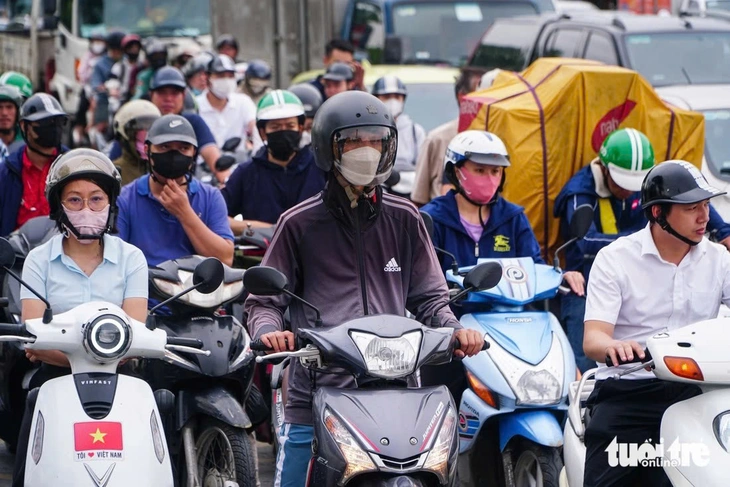
Traffic jam in Hanoi - Photo: PHAM TUAN
The Hanoi Department of Construction said that on the afternoon of October 21, the unit held a workshop to discuss the overall project "Reducing traffic congestion in Hanoi in the period of 2025 - 2030 and the following years" (project).
Gradually restrict motor vehicles into inner city
Speaking at the workshop, Vice Chairman of Hanoi People's Committee Duong Duc Tuan pointed out the reality that the process of urbanization and mechanical population growth in Hanoi is taking place rapidly, accompanied by an explosion of personal vehicles.
However, the lack of synchronous development of traffic infrastructure has made traffic congestion the biggest challenge of Hanoi.
Therefore, the issue of solving traffic congestion needs to be included in the action program from 2026 - 2031, with the goal of reducing congestion as a "key, urgent and breakthrough" task.
With the overall project to reduce traffic congestion, the Vice Chairman of Hanoi requested to rely on strong application of digital technology and artificial intelligence (AI) in operation, monitoring, traffic flow and handling of violations.
At the same time, Hanoi needs to regulate and control private vehicles and gradually limit motor vehicles entering the center.
In addition, according to Mr. Tuan, Hanoi needs to encourage green vehicles, improve traffic culture, mobilize diverse resources from the state budget to private capital and international cooperation to ensure the feasibility and sustainability of key projects.
$53 billion needed to deal with traffic jams in Hanoi
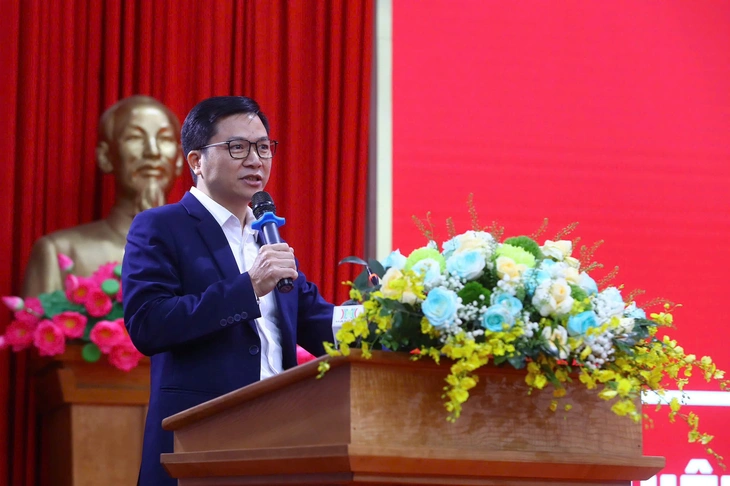
Dr. Nguyen Dinh Thao - Project Manager - presented the draft content of the overall project to Reduce Traffic Congestion in Hanoi in the period of 2025 - 2030 and the following years - Photo: Hanoi Department of Construction
Reporting on the above project, Dr. Nguyen Dinh Thao - Project Manager - said that the current population density in Hanoi is 8.2 times higher than the national average. The population density is unevenly distributed and highly concentrated in the inner city; some areas have very high density such as in Dong Da district (old) up to 38,000 people/km 2 .
In addition, Hanoi currently has about 9.2 million road vehicles of all kinds. Of which, Hanoi has more than 8 million vehicles of all kinds (including 1.1 million cars, 6.9 million motorbikes) and about 1.2 million private vehicles (cars, motorbikes) from other provinces and cities circulating.
The annual growth rate of vehicles is about 4 - 5%, in some cases up to 10%/year, far exceeding the average annual growth rate of traffic infrastructure at a rate of 0.3 - 0.5%.
The draft project also stated that the current ratio of land area for traffic to urban construction land area is only 12.13% (planning target is 20 - 26%); the ratio of land area for static traffic is less than 1% (planning target is 3 - 4%), only meeting 8 - 10% of parking needs in the whole city.
The public passenger transport rate reached 19.5% of demand (much lower than the planning target of 30 - 55%) with 153 bus routes, 1 BRT bus route and 2 new urban railway sections of 21.5km put into operation.
The current state of the transportation system has led to a serious imbalance between supply (system capacity) and demand (traffic demand with the main proportion being personal traffic, especially motorized traffic by motorbikes and cars).
"If there is no further improvement, the city will face a more serious situation, gradually reaching the threshold of a "traffic disaster" that some large cities in Southeast Asia such as Bangkok, Manila, Jakarta... have been facing," said Mr. Thao.
To solve the traffic jam problem, according to Mr. Thao, the consulting unit proposed 11 groups of solutions including 116 specific measures and tasks.
Accordingly, the project will provide long-term solutions on policy and infrastructure, focusing on improving public transport, developing non-motorized transport, static transport and controlling personal vehicle activities.
Hanoi will also develop mechanisms and policies to control new vehicle registration, limit and regulate the operation of private vehicles, and encourage people and businesses to participate in green transformation and reduce traffic congestion.
In addition to strategic solutions, the city will also deploy urgent measures to deal with traffic congestion in the immediate future, ensuring feasibility and effectiveness.
To implement the above solutions, according to Mr. Thao, the consulting unit determined the minimum funding requirement to implement the traffic congestion reduction project is about 1.4 million billion VND, equivalent to nearly 53 billion USD.
Of which, the 2025 - 2030 period is estimated at about VND 569,040 billion (~USD 21.6 billion) with the proportion for urban railway investment accounting for 57.1% and road infrastructure accounting for 37.8%.
The 2031 - 2035 period is estimated at VND 828,068 billion (~USD 31.4 billion), with the proportion for urban railway investment accounting for 79.2% and road infrastructure accounting for 17.6%.
Source: https://tuoitre.vn/ha-noi-can-53-ti-usd-de-xu-ly-un-tac-giao-thong-20251021232413998.htm




![[Photo] National Assembly Chairman Tran Thanh Man attends the VinFuture 2025 Award Ceremony](/_next/image?url=https%3A%2F%2Fvphoto.vietnam.vn%2Fthumb%2F1200x675%2Fvietnam%2Fresource%2FIMAGE%2F2025%2F12%2F05%2F1764951162416_2628509768338816493-6995-jpg.webp&w=3840&q=75)
![[Photo] 60th Anniversary of the Founding of the Vietnam Association of Photographic Artists](/_next/image?url=https%3A%2F%2Fvphoto.vietnam.vn%2Fthumb%2F1200x675%2Fvietnam%2Fresource%2FIMAGE%2F2025%2F12%2F05%2F1764935864512_a1-bnd-0841-9740-jpg.webp&w=3840&q=75)


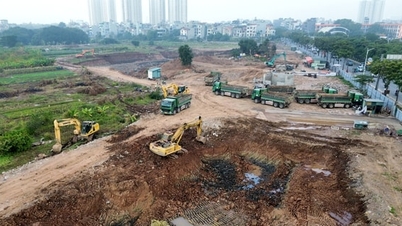

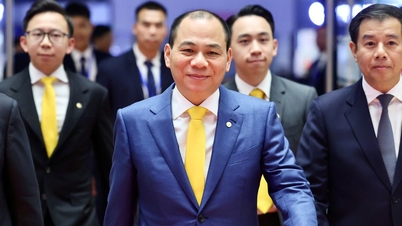
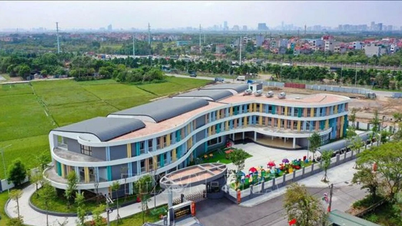

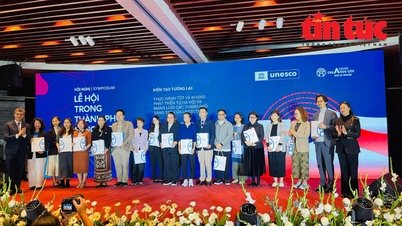



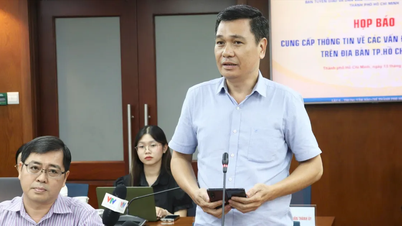

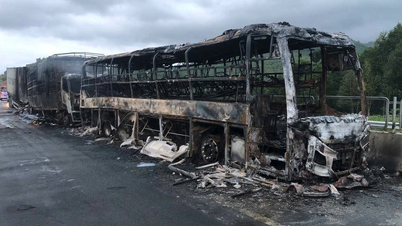
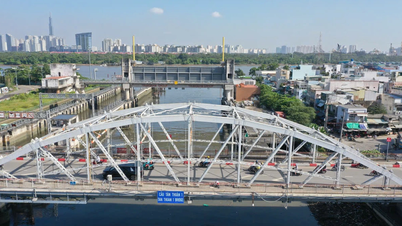
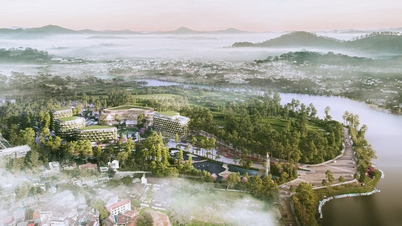
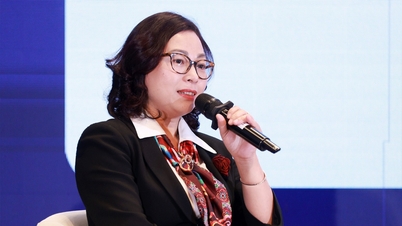

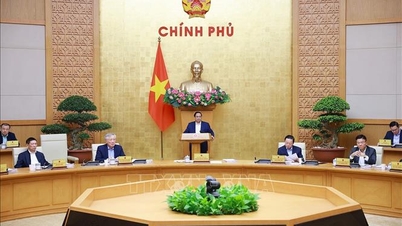




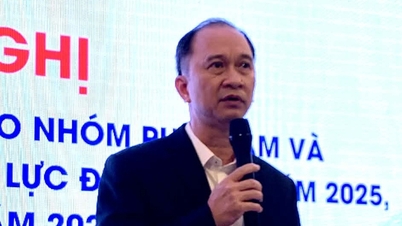





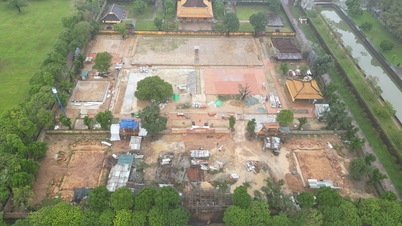










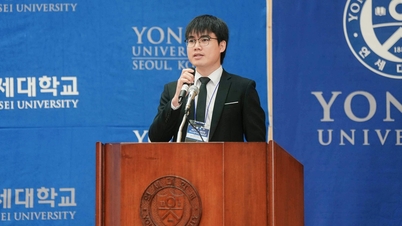








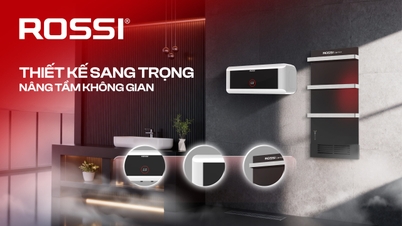

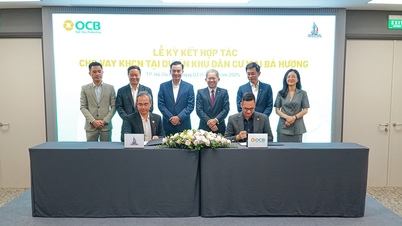
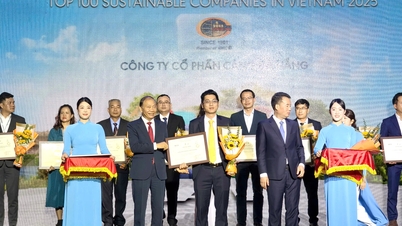
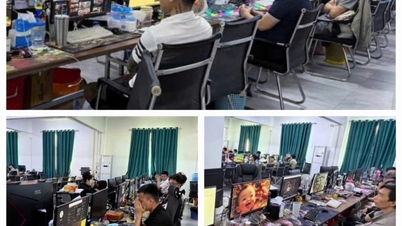
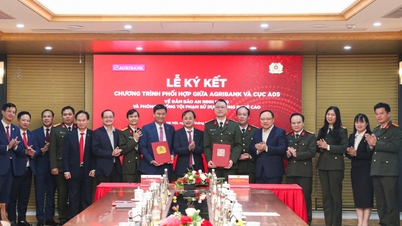

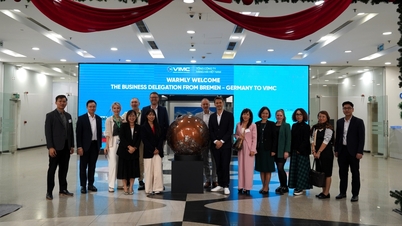






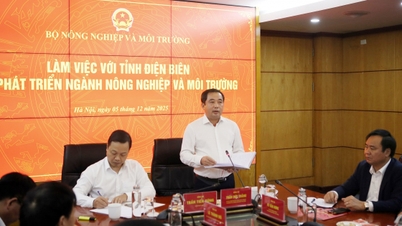







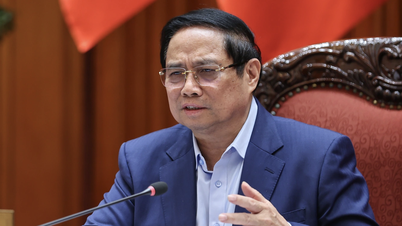
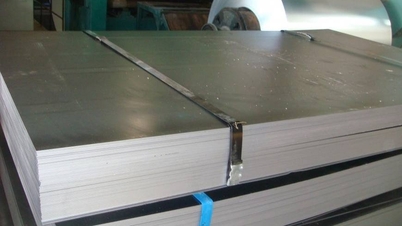


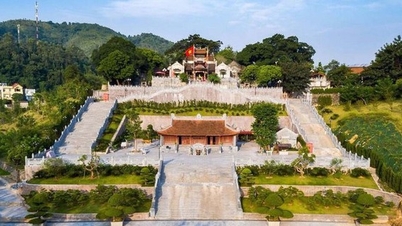

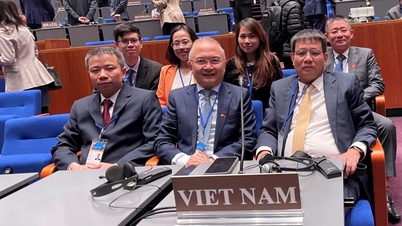
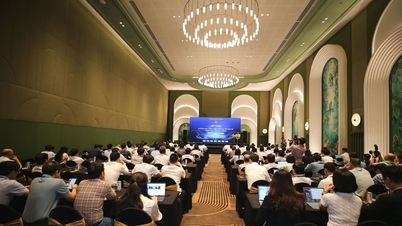


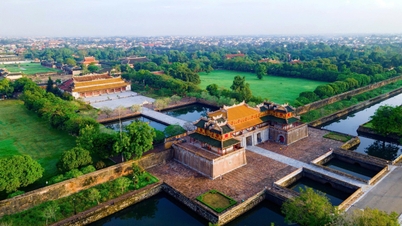



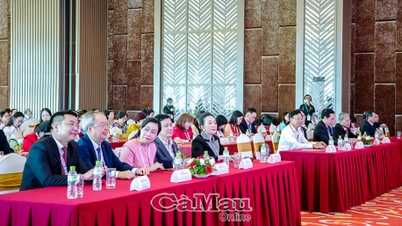




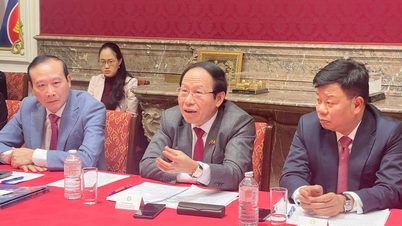

















Comment (0)